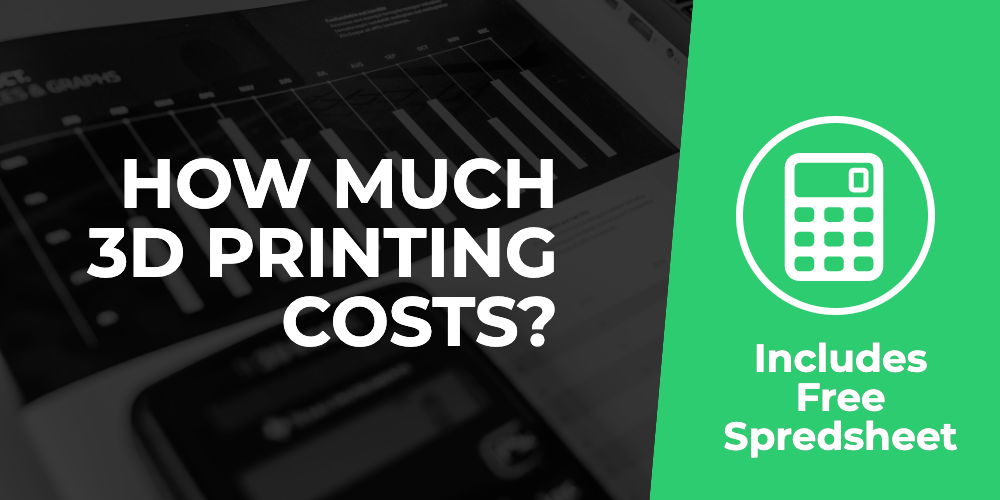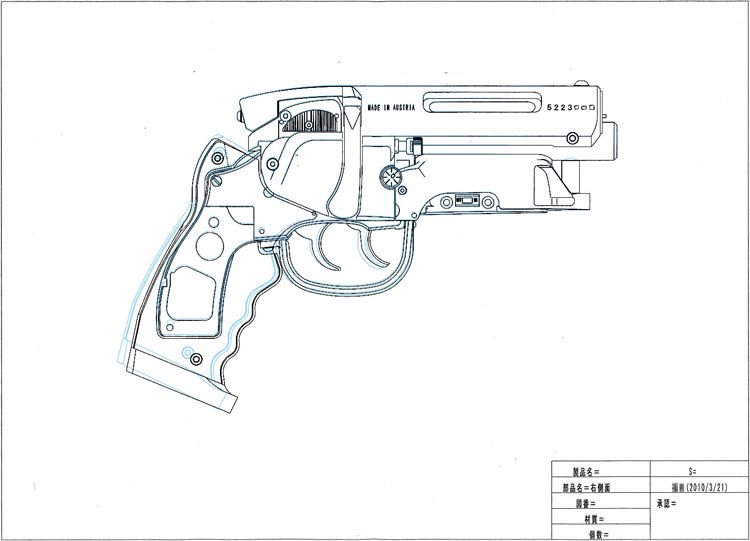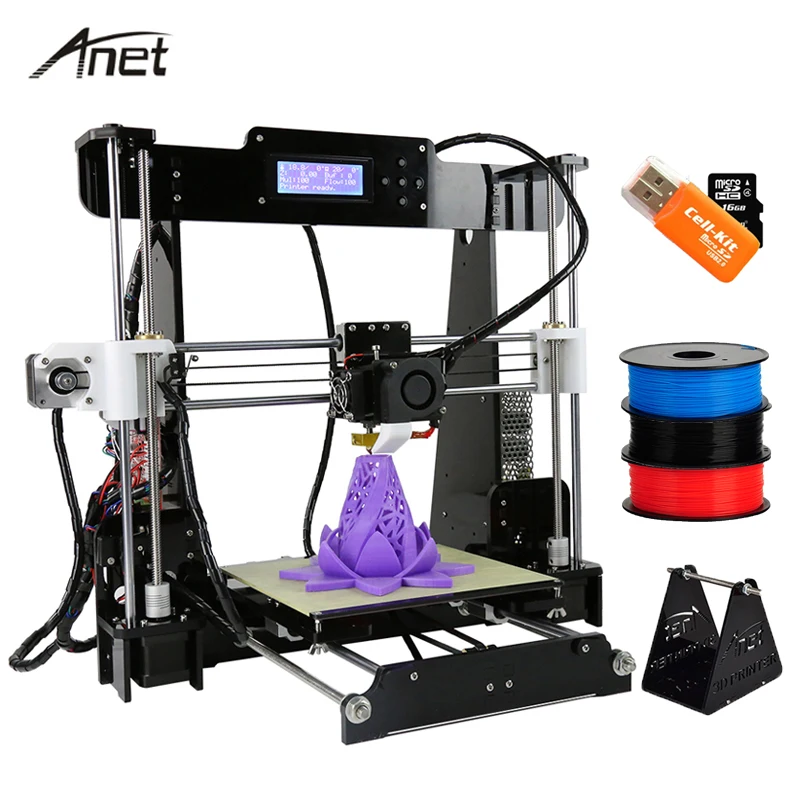Swarm 3d printing
3D-printing construction drone swarms soar to testing success
Researchers have announced their proof-of- concept success in testing a system using swarms of drones as flying 3D printers of materials in the construction and repair of buildings, inspired by the way bees and wasps assemble their nests.
Though fixed-location 3D printing is already being adapted for use in the construction industry, the drone swarm project gives that tech mobility by making it an elevated, adaptive part of the building activity. UAVs deployed operate autonomously following pre-planned work schedules as structures come together, but also have built-in capacities to adapt on their own in function of evolving geometries as construction progresses.
Read: 3D printing produces cheaper, heat resistant firefighter drones
If need be, human monitors can intervene to tweak previously scheduled work blueprints to correspond to actual states of buildings under construction, using data provided from the drone swarm itself to determine required alterations.
The project is being spearheaded by the Imperial College London and the Swiss Federal Laboratories of Materials Science and Technology, and assisted by engineering, architecture, and tech specialists from several international universities.
The newly minted proof-of-concept project – whose success was recently published in the review Nature – is generating considerable interest.
Known as Aerial Additive Manufacturing, use of 3D-printing drone swarms as construction assets could transform the way work is performed on tall buildings, potentially dangerous structures like bridges, or difficult-to-access sites.
In trials, researchers developed four compounds with qualities similar to cement that drone swarms printed and deposited during construction of structures. The process designated a group of “BuilDrones” to carry out the application of those substances, and “ScanDrones” that ensured quality control, tracked progress, and informed their laboring peers of what work needed to be performed next.
Read: Concept drone is able to repair potholes using a 3D printer
Trials produced a 2.05-meter cylinder comprised of 72 layers using a polyurethane-based foam material, and an 18-centimeter cylinder of 28 layers made of a custom-designed structural cement simile. Self-adjusting printing heads compensated for any slight drifting as drones in the swarm took their turns in construction of the spires, enabling an accuracy of within 5 millimeters.
Those structures may be a far cry from the skyscrapers, apartment buildings, and infrastructure whose construction such drone swarms could revolutionize as the concept progresses, but researchers say their success on a smaller scale is already a major step toward those larger objectives.
“We’ve proved the concept that drones can work autonomously and in tandem to construct and repair buildings, at least in the lab,” said swarm project lead researcher Mirko Kovac. “This scalable solution could help construction and repair in difficult-to-reach areas, like tall buildings. ”
”
Subscribe to DroneDJ on YouTube for exclusive videos
Guides
3D Print
About the Author
Bruce Crumley
Twitter icon @BDroneDJBruce Crumley is journalist and writer who has worked for Fortune, Sports Illustrated, the New York Times, The Guardian, AFP, and was Paris correspondent and bureau chief for Time magazine specializing in political and terrorism reporting. He splits his time between Paris and Biarritz, and is the author of novel Maika‘i Stink Eye.
{{#values}}{{ title }}
{{ username }}
·
{{ time }}
Top Comment
{{/values}} {{#isDisplay}} {{/isDisplay}}{{#isAniviewVideo}} {{/isAniviewVideo}}{{#isSRVideo}} {{/isSRVideo}}What is "Swarm 3D Printing"? « Fabbaloo
By Kerry Stevenson on July 19th, 2020 in printer
Tags: ambots, building, construction, multiple, swarm
AMBOTS prototype 3D printing a large model [Source: AMBOTS]A company is working on a concept called “Swarm 3D Printing”.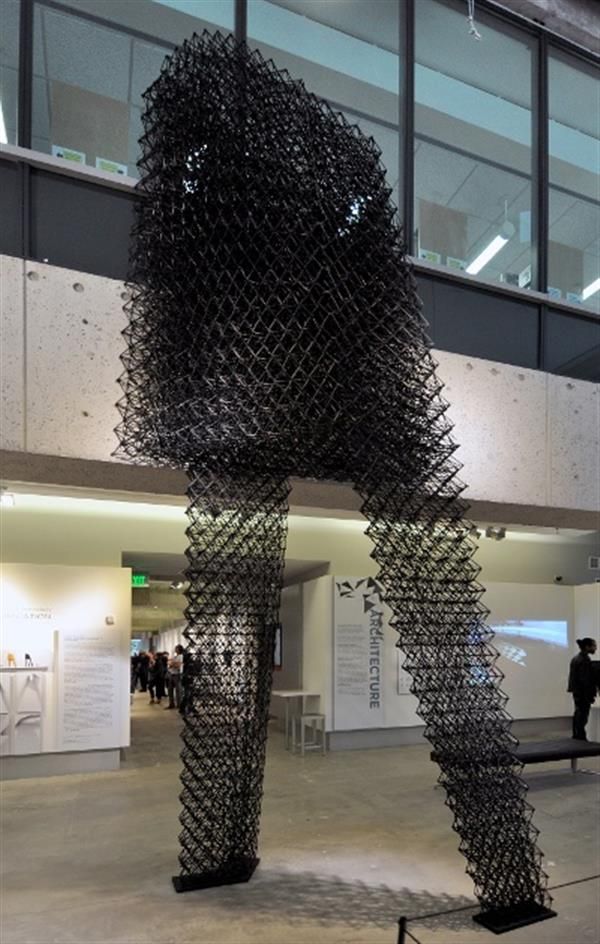
Arkansas-based AMBOTS describes themselves as:
“AMBOTS is an advanced manufacturing company with a focus on swarm 3D printing and assembly. We look forward to bringing you to the next manufacturing revolution.”
And:
“This technology aims to automate manufacturing with a swarm of smart and autonomous mobile robots, from everyday products to houses and infrastructures. Just like how a swarm of bees or wasps would work together to build their nests, the swarm of smart mobile robots can work together to print and assemble products based on digital models on demand. AMBOTS stands for Autonomous Mobile roBOTS and Advanced Manufacturing roBOTS.”
How does this work? You can gain some understanding by examining their most recent video, in which they show a prototype system 3D printing a 1000 x 350 mm object:
Check out our newest demo video of our Swarm 3D Printing Platform, printing a 1,000 mm X 350 mm honeycomb artwork.
— AMBOTS (@Ambots3D) July 16, 2020Leave a comment and let us know what you think! #3Dprinting #AdditiveManufacturing #AMBOTS pic.twitter.com/nLMPKpWEZN
What they appear to have developed is a kind of mobile robotic 3D printing concept. As you can see in the video, dual independent 3D printers are temporarily fixed to specific locations on a grid. From these locations the devices will print within a controlled zone (which AMBOTS calls a “Chunk”).
AMBOTS prototype relocating a 3D printer [Source: AMBOTS]After completing a layer of a chunk, a mobile robot picks up each 3D printer and moves them to another spot on the grid where they can then access another chunk. By moving the 3D printers repeatedly through a series of access points they are able to build the entire structure — without interfering with each other.
The “tractor” that moves 3D printers along a defined “printing grid” [Source: AMBOTS]Swarm 3D Printing
You might not be particularly impressed by the prototype’s ability to 3D print a 1000 x 350 mm object, as there are several 3D printers available today that can produce the same type of object and in fact there are even hobbyists who have built 3D printers with sufficient build volume for that print job.
However, the AMBOTS concept is different, and let me tell you a way to instantly understand it: ask yourself “what is the build volume of the AMBOTS device?”
The answer is, well, as big as it needs to be. Or as big as the printing grid can be made.
It doesn’t HAVE a build volume. It can be as large as you want, and as fast as possible by simply adding more robots and 3D printers. Extending the build grid on which the equipment rests should be a very simple matter.
Scaled up swarm 3D printing concept [Source: AMBOTS]By scaling up the concept one would achieve a different kind of parallel 3D printing, one in which (potentially) a single large object could be built (as opposed to many separate objects). That’s a unique capability in the world of 3D printing, as up to now only single devices could 3D print large objects.
There have been attempts at larger-scale robotic 3D printing in which the robot is relocated periodically to build new “chunks” by others, but in those cases there wasn’t the systematic grid system as used by AMBOTS.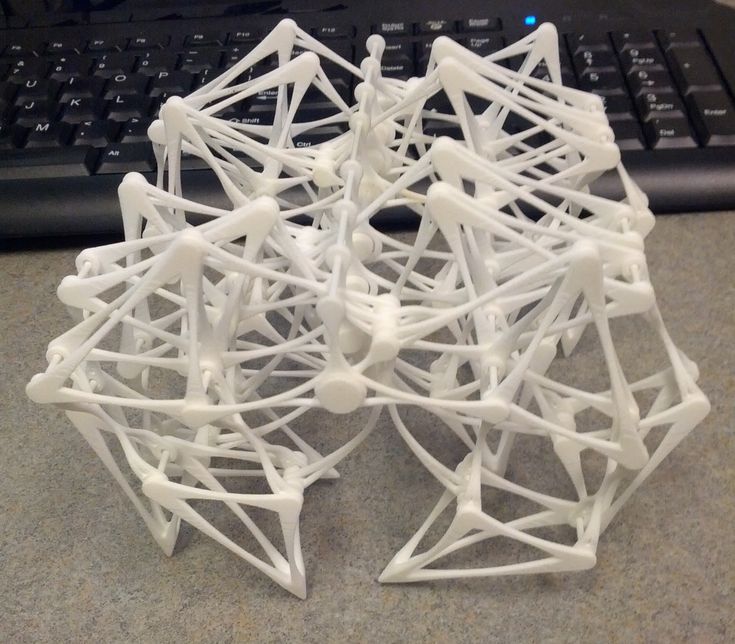
Should they be successful in the swarm concept, it could lead to some very unusual developments. Remember that the 3D printers being used in the prototype could easily be replaced by 3D printers with different material capabilities. For example, continuous carbon fiber could be part of the future. If that’s the case, then one could see giant carbon fiber girders being produced, and they’ve be of optimal weight due to generative design techniques. This could lead to a revolution in the construction industry, for example.
Another possibility for the future here is to add a third dimension to the printing grid. Not only would the printers be moved horizontally, but they could also be moved vertically. This could be as simple as cranking up the printing grid step-by-step to higher level, or a more complex scheme in which machines are moved to irregular levels depending on the model geometry.
With such a capability one could envision entire buildings being produced — and they’d be utterly different from the concrete construction 3D printers of today that are severely limited by the slumpy qualities of wet concrete.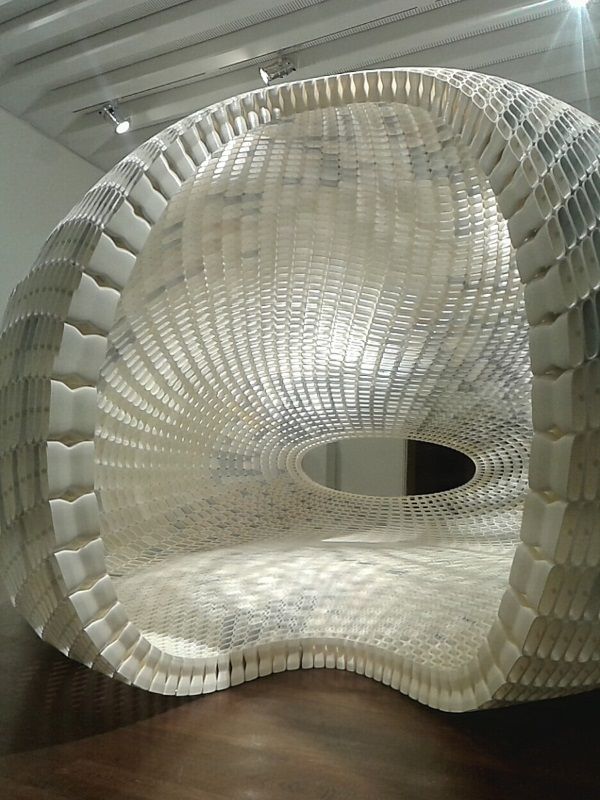 Overhangs would easily be possible, for example.
Overhangs would easily be possible, for example.
I think AMBOTS is on to something here.
Via AMBOTS
By Kerry Stevenson
Kerry Stevenson, aka "General Fabb" has written over 8,000 stories on 3D printing at Fabbaloo since he launched the venture in 2007, with an intention to promote and grow the incredible technology of 3D printing across the world. So far, it seems to be working!
View all of Kerry Stevenson's posts.
STL File Acid Swarm Spit・3D Printable Model Download・Cults
Bust of Spawn
10.25 €
Space Marine
5.13 €
Jeepers Creepers bust
25.64 €
MIL SIM Shadow Company COD Warzone
20.51 €
Skull and tentacles Dice tower
13.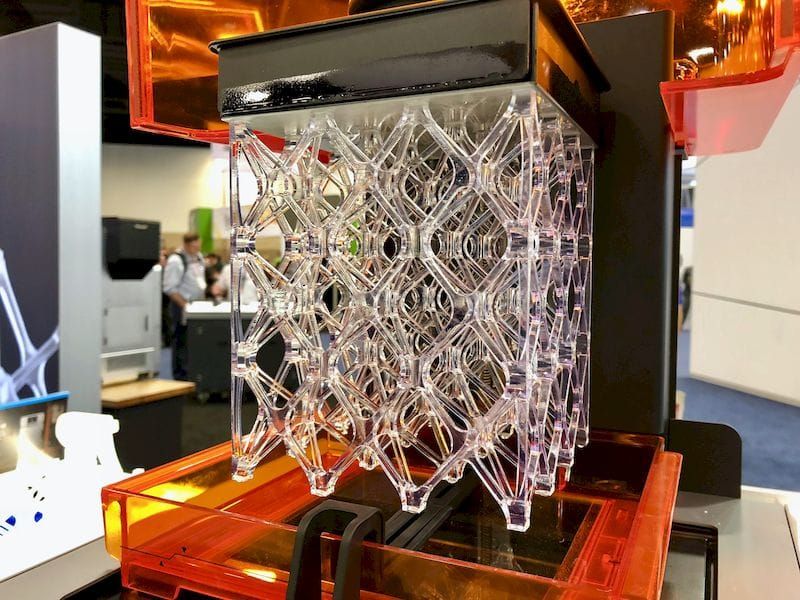 33 €
33 €
United States Colonial Marines
6.29 €
Wild Orc
7.18 €
Lower Demon
4.10 €
Best 3D printer files in Game category
Model Railway Buffer Stop (1:32, OpenRailway)
Free
Tiger
2.50 €
Apollo from Animal Crossing
Free
Pingu
0,90 €
Centaur, god of destruction Nos-Krag
5 €
BulbaSaur Pokemon Go 3dFactory Brasil
5.81 €
Deactivated
Beau Animal Crossing
Free
Bestsellers in the Game category
Cute flexi unicorn
1.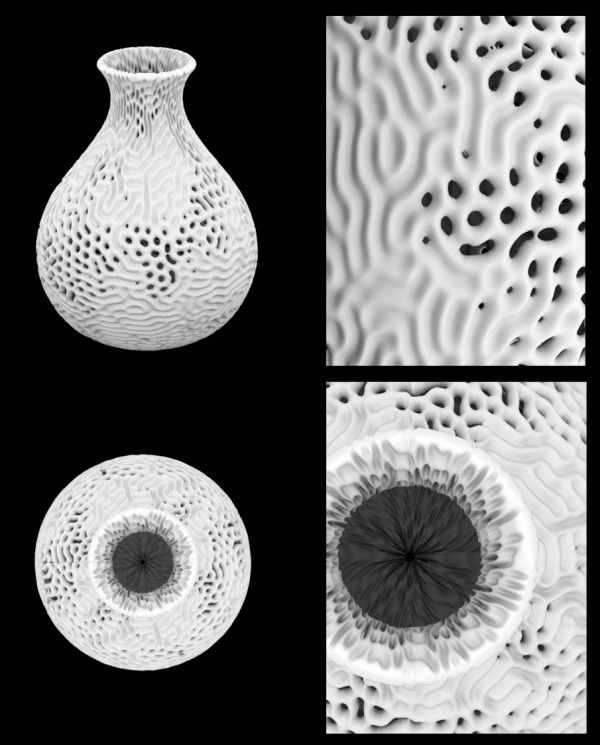 05 €
05 €
Champion Alteyra
5.13 €
Lev Fu
5.50 €
Flying unicorn
1.05 €
Healer conversion kit SM
6 €
Altair Amberwatch
10.25 €
Nice flexi dragon
1.77 €
Space Dwarf All - terrain vehicle
16.41 €
Mouse in a cheese box
4.09 €
Dancing Skeleton
3.59 €
Emberfolk Fighters
10.25 €
Fighting director
1.54 €
Lazy Cat
4.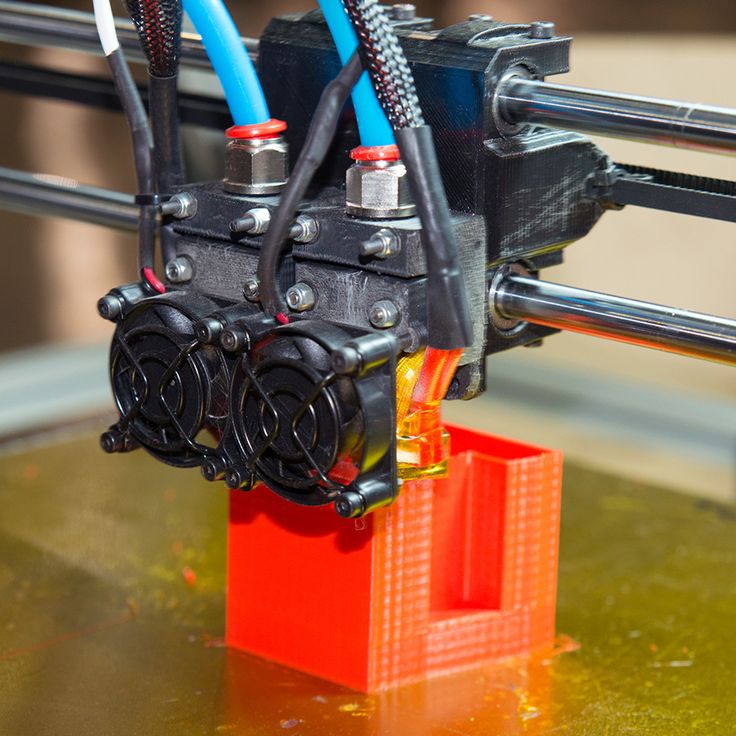 09 €
09 €
SPACE GNOME SQUAD
6.15 €
Chopper motorcycle print-in-place
1 €
Articulated dragon
4.09 €
Do you want to support Cults?
Do you like Cults and want to help us continue our journey on our own ? Please note that we are a small team of 3 people, so supporting us in maintaining activities and creating future developments is very easy. Here are 4 solutions available to everyone:
-
AD: Disable your AdBlock banner blocker and click on our banner ads.
-
AFFILIATION: Shop online with our affiliate links here Amazon.
-
DONATIONS: If you want, you can donate via PayPal here.

-
* INVITE FRIENDS: * Invite your friends, discover the platform and great 3D files shared by the community!
specialization and new income models
While some foundries only produce wax and resin samples for independent jewelry designers, facilities with their own equipment can not only select but also sell parts for 3D printing.
There is an increasing number of foundries accepting design files from jewelers to 3D printing, casting and polishing.
Foundries are finding great value in acquiring a desktop 3D printer to complement their industrial additive manufacturing tools to serve the ever-growing wave of "digital" jewelers.
Rise of the Digital Jeweler
Digital jewelers work primarily with CAD and produce designs using 3D printing technology. In this article, we dive into the history of two foundry houses, Q Branch Bespoke Casting (UK) and Ulrich Wehpke GmbH (Germany), who used as part of their one-stop printing and casting service for jewelry customers.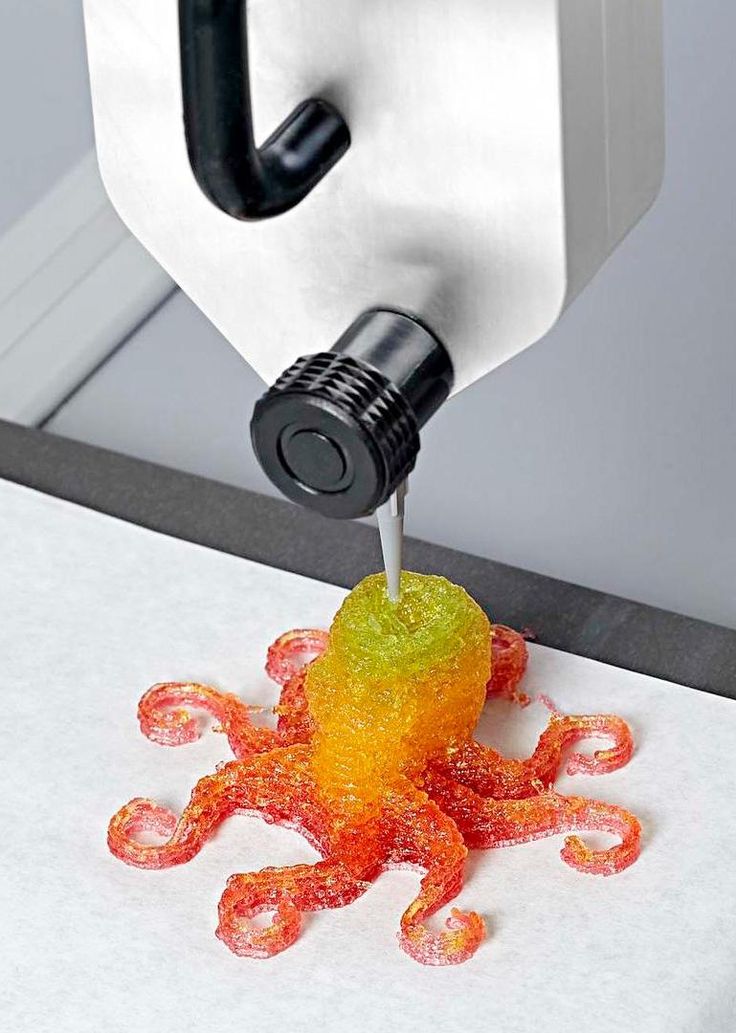
Adding new meaning to custom projects
Q Branch Bespoke Casting, based in the United Kingdom, was founded in 2016 by Dan Roy, who has been 3D printing since 2006 and casting since 2008.
Roy has been in the jewelry business since he was 15 years old. His company specializes in platinum, palladium and gold castings, some of the most difficult metals to trade. Roy and his team have been using a Formlabs Form 2 3D printer since December 2017 as the only resin 3D printer.
Q Branch 3D Printing
Q Branch Bespoke Casting works with jewelry designers, fabricators and jewelers for 3D CAD models, turning resins and cast parts into metal. They also create wax injection molds and work with 3D scans.
The Formlabs Form 2 3D Printer is part of the team's daily workflows and combines the convenience and speed of prototyping for clients to review before making a final decision. Previously, Q Branch Bespoke Casting used the EnvisionTEC machine.
“ We most often use the Formlabs Form 2 3D printer to create models for our clients to review and sample before going further with precious metal ,” said Roy.
« Precious metal casting can be as perfect as the supplied model. The Formlabs Form 2 3D printer strikes a great balance between two key components: detailing and the surface finish.”
The Formlabs Form 2 3D printer complements an industrial 3D printer foundry facility and often removes workflow bottlenecks within months.
« We use other 3D printers that work well but are slow. We recently had a big order for some really big pieces that were needed to build the box after they were printed. They would link our other printers in a matter of days, but with the Formlabs Form 2 , I got all the parts printed in just over a weekend! ,” said Roy.
« This is a great machine for filling gaps - when all other printers are just getting started, we often get 3D printed orders Formlabs Form 2 at the end of the day! Now we have the opportunity to fulfill our orders using the Formlabs Form 2 3D printer, for their investment the very next day !”.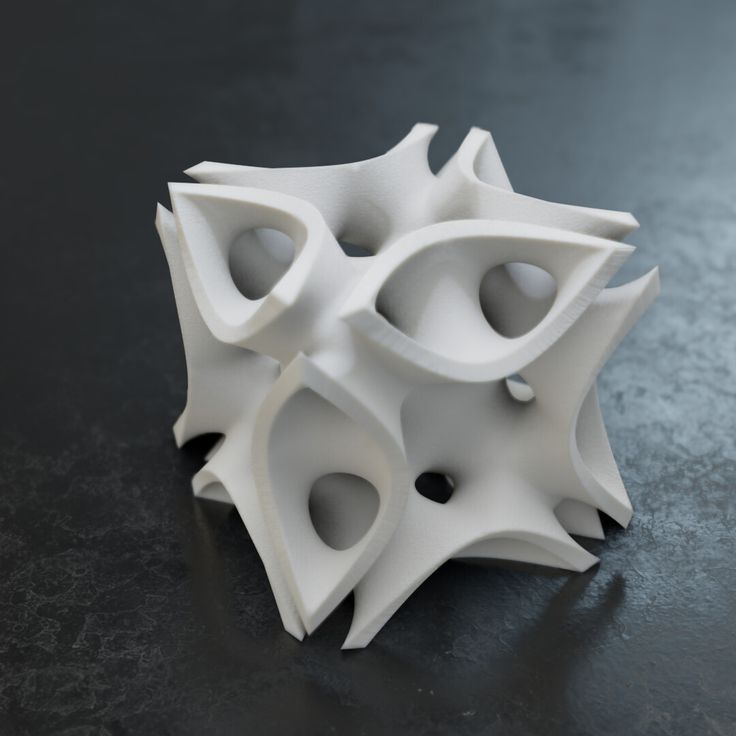
Jewelery evolution from a caster's point of view
3D printing technology has radically changed the jewelry manufacturing process, and Q Branch has used its knowledge of the technology to evolve with these changes.
« From a caster's perspective, I've seen progress from hand carved wax master models that are molded to 2-axis wax milled models and the dawn of CAD-CAM to 3D printed thermoplastics and the current mass of photopolymer resins and stereolithography (SLA ) and digital light processing (DLP) machines ,” said Roy
“The proliferation of affordable 3D printing makes it much easier to get on the custom route and sort through projects if you are planning or already building a collection.”
3D printing as a core business model
Traditional foundry houses are moving away from wax-based casting techniques and industrial 3D printers to using desktop 3D printing and injection molding printers such as the Formlabs Form 2. Ulrich Wehpke, a foundry based in Krefeld, Germany, switched to SLA-based 3D printing about three years ago.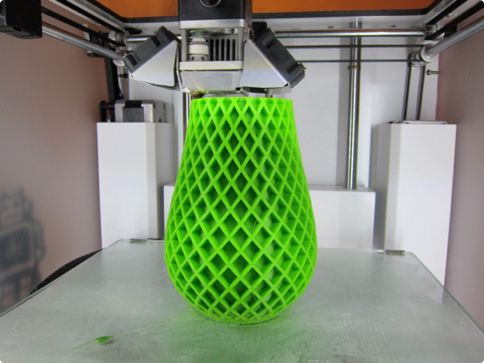 With over 30 years in the foundry business, a team of three master jewelers work with metals such as silver and gold alloys and platinum. It is known that they cast engagement and wedding rings, and also engraved men's rings. In addition, Wehpke has a subsidiary business in jewelry and watch repair.
With over 30 years in the foundry business, a team of three master jewelers work with metals such as silver and gold alloys and platinum. It is known that they cast engagement and wedding rings, and also engraved men's rings. In addition, Wehpke has a subsidiary business in jewelry and watch repair.
- 1967: Wehpke is a company founded by Ulrich Wepke as a jewelry workshop with a small shop.
- 1980: Wehpke closed their shop and began focusing entirely on their workshop to serve jewelers throughout Germany.
- 2000: Bought my first 3 axis CNC station.
- 2001: Started using Rhino CAD.
- 2005: Acquired his first five-axis CNC station and Solidscape T66 splash and began offering CAD, prototyping and casting services in conjunction with his classic jewelry workshop to make finished jewelry.
- 2008: Bought my first industrial 3D printer.
- 2011: started casting their first resin models.
- Today: 3D printing is a major part of business, print and casting models printed on the Formlabs Form 2 3D printer.
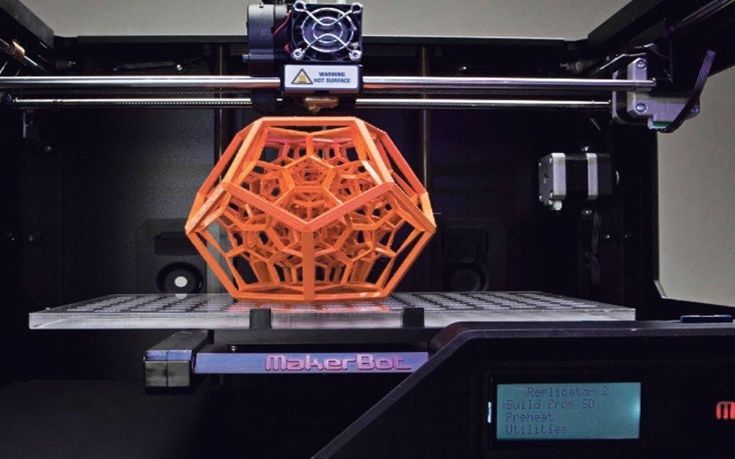
For several years, Solidscape and EnvisionTEC have been the main print side of their business, along with Asiga Pico for model building.
« Our first machines needed complicated periodic repairs and took too long to start when not running 24 hours a day ,” said Wehpke. « That's when we decided to focus exclusively on personalized printing for our customers. A friend of mine bought a Formlabs Form 2 3D printer and did some test prints for us. We were very impressed, the details were much better than we expected! ".
Foundry Business Expansion with Formlabs Form 2 3D Printer Wehpke purchased a Formlabs Form 2 3D printer and started printing models using Formlabs Castable resin.
A side effect of working with Formlabs products was that the company began to receive customer models from other owners of Formlabs Form 2 3D printers to mold their designs.
“As Formlabs became popular, many companies started shipping their Form 2 prints to us and it became an important part of our business model,” said Wolfram.
« Today's digitally adopted independent jewelry designers have begun to work more frequently with a foundry house like Wehpke, who can cast Formlabs material with ease. Wehpke's advantage is not only to cast resin material, but also to be familiar with Formlabs Form 2 3D printing and SLA technology. »
Wehpke uses the Formlabs Form 2 3D printer mainly to print the Eternity and Solitaire rings, which he finds suitable for printing due to their durability and attractiveness.
Foundry houses developing along the path of specialization
Wehpke is known for casting platinum-iridium. In recent years, this material has become more popular, but not many companies can use this special metal.
« It took some time to find a way to get better, consistent casting results with the wide range of metals we work with ,” said Wehpke. « But it's worth all the work, because now we can use our own models and those that customers send us with ease» .



